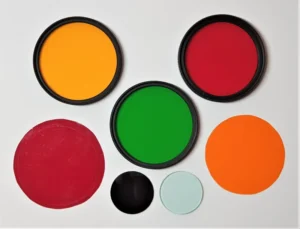
Introduction
Over the years I have gradually accumulated a collection of optical filters. Some of these date back to the days of silver halide photography and are the well-known Kodak Wratten filters that were the workhorse of black & white photographers who needed to enhance, for example, the contrast of landscape photos.
Other filters I have collected were more specialized as my interest in astronomy, in spectroscopy, and in optics generally became more diverse. So, this post serves to inform you of the various kinds of filters that are out there and that are used for general as well as more specialized applications.
Feel free to make use of any of the images in your own blogs or elsewhere. The only condition I would add is that you acknowledge the source of the data as https://www.stevesopenlab.fr
Neutral Density Filters
Neutral density (ND) filters, as the name implies, are filters used to reduce and control the amount if light passing through the filter and into a camera or other detector such as a spectrometer. They are “neutral” in the sense that all colours (visible wavelengths) are passed equally. Only the overall light intensity is reduced. ND filters are expressed in units of optical density (OD) which is a logarithmic scale. In an idealized ND filter, there should be no change in % transmission with wavelength.
Photographers regularly use these filters in landscapes to give more pleasing aesthetics for moving rivers, waterfalls, waves on a beach and clouds, and so on. For example, with the appropriate ND filter you can decrease the camera shutter speed to obtain the right exposure, but this slower speed blurs, for example, cascading water from a waterfall and “unfreezes” it. This produces an almost veil-like quality to the result that is very popular with landscape photographers, as depicted here:

The transmission spectra of a set of ND filters varying in optical density from 1 to 7 can be seen in this image:
Narrow Band Interference System
Interference filters, also known as dichroic filters or dielectric filters, are optical filters that block large regions of the visible spectrum whilst allowing a narrow band of wavelengths to pass. The pass band is typically 5-10 nm measured at FWHM (full width at half maximum). These filters consist of multiple layers of dielectric materials that have different refractive indices. They are usually manufactured by vacuum thin film deposition techniques such as reactive magnetron sputtering.
Owing to the way these filters are manufactured as multiple layers, the % transmission when new is usually no greater than 50-60%. The filters are often susceptible to moisture and must be stored under low humidity conditions in order to avoid or minimize degradation in their transmission characteristics. Nevertheless, the transmission quality often degrades slowly with age. Several of my filters have lost much of their original transmission capability, now allowing only 10% or less of the source light to pass.
A series of transmission spectra of these types of filters can be seen here in this gallery, together with the spectrometer settings that recorded each spectrum:
Photometric Filters
Photometric filters are band pass filters used by astronomers. In order to measure the light output of stars (a fundamentally important physical quantity), a commonly agreed and standardized system is needed. A collection of stars that have had their light outputs measured very precisely with these filters is a useful starting point. Usually, measurements are made over time and at different observatories in order to produce an accurate measurement. Once the data is collected, a star fulfilling this requirement is referred to as a Photometric Standard Star.
Any other “non-standard” star can then be measured with the same set of filters and its output compared to a photometric Standard Star. In this way the unknown star’s light output (magnitude) can be calculated. This method is especially useful in variable star observations where a star’s light output changes over time.
The standardized system used in this type of work is the UBV system, created by Johnson and Morgan, two American astronomers. UBV refers to “Ultraviolet, Blue and Visual” and this photometric system was popular with astronomers, both professional and amateur, when photomultiplier tubes were the main light detector.
Photomultipliers have now largely been replaced by solid state detectors such as CCD’s and CMOS light sensors. These newer detectors are more sensitive in the far red (R) and near infrared (I). Consequently, the UBV system was extended to cover these wavelengths to become the UBVRI system.
The transmission spectra of a UBVRI set of photometric filters can be seen here:
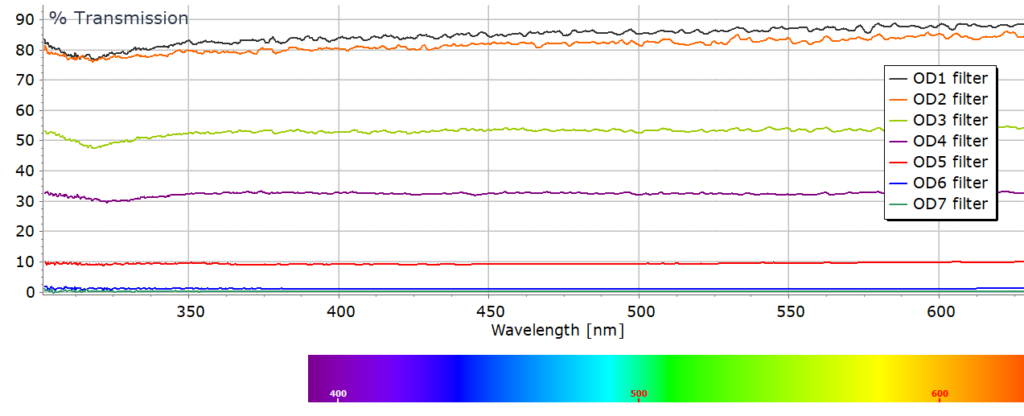
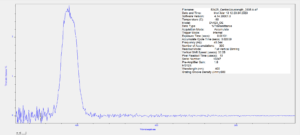
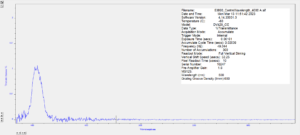
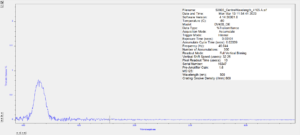
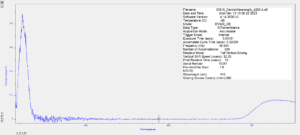
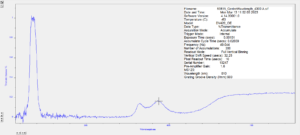
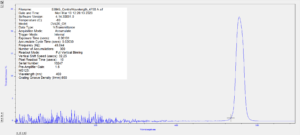
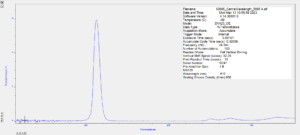
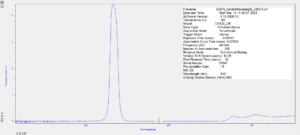
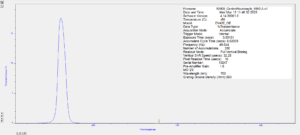
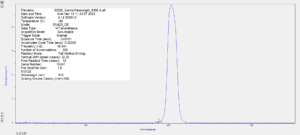
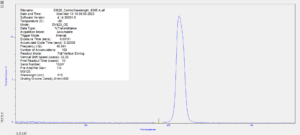
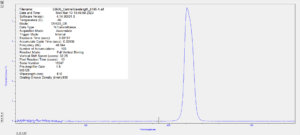
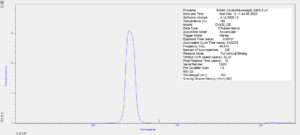
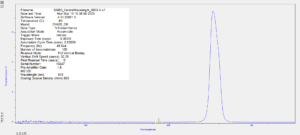
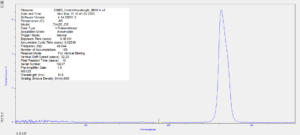
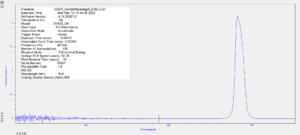
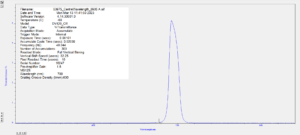
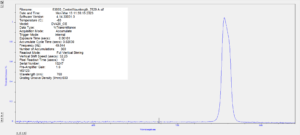
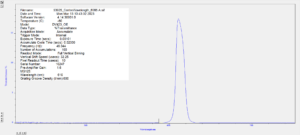
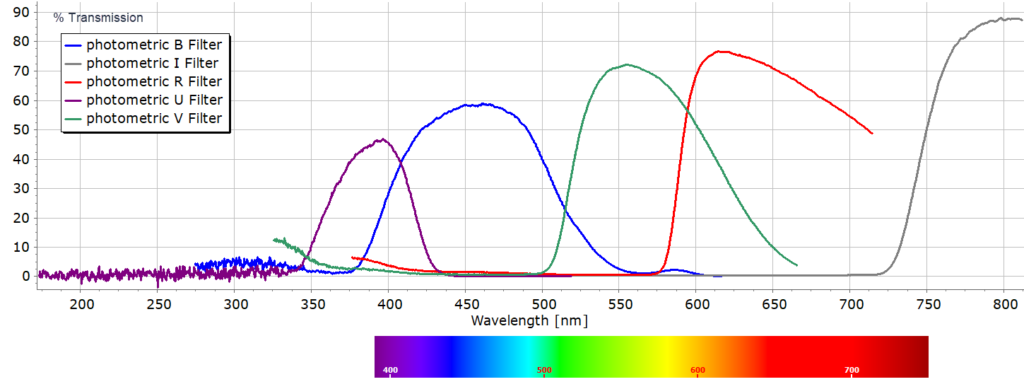
I use moon filter
but it is F=2 or 25 % of light
i alsoi use polarize filter as neutral filter
some are parallele some are circle from cinema 3D
also
i made some polarise filter at less line and have resulte like F=1 to F=5 mesure on a vintage photmeter for argentic film but still good to mesure the lost of light
I do not nesure the frequency responce but probaly ok
advise please ?
jack 47 71
Bonjour Jacques,
Je n’ai pas tout à fait compris ta question.
Peux-tu m’en expliquer davantage ?
En francais si c’est plus facile pour toi.
Merci
Steve